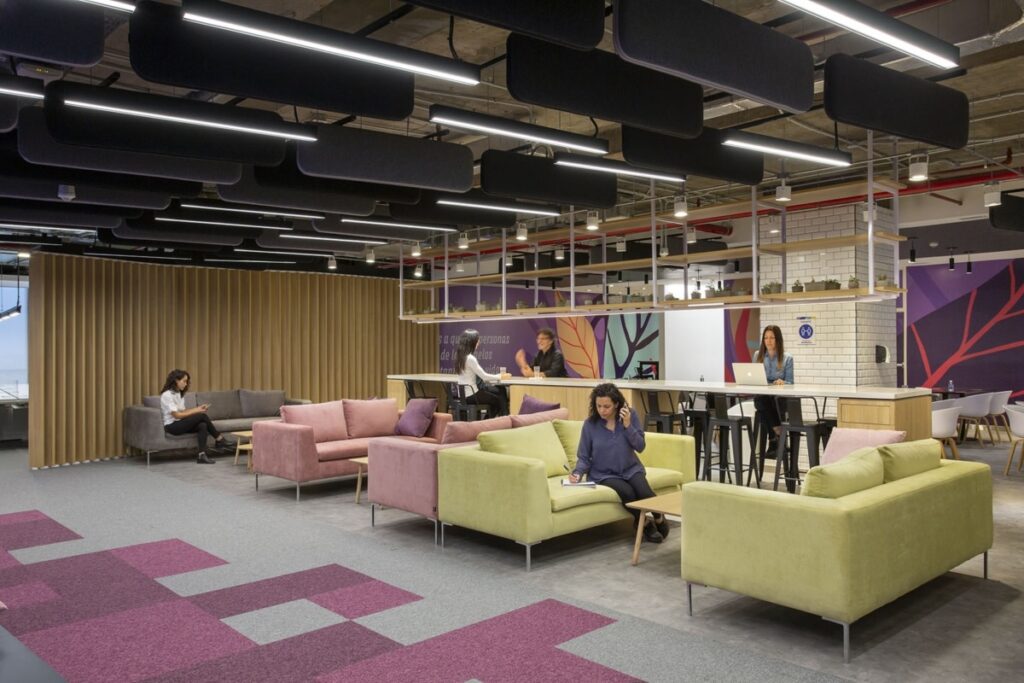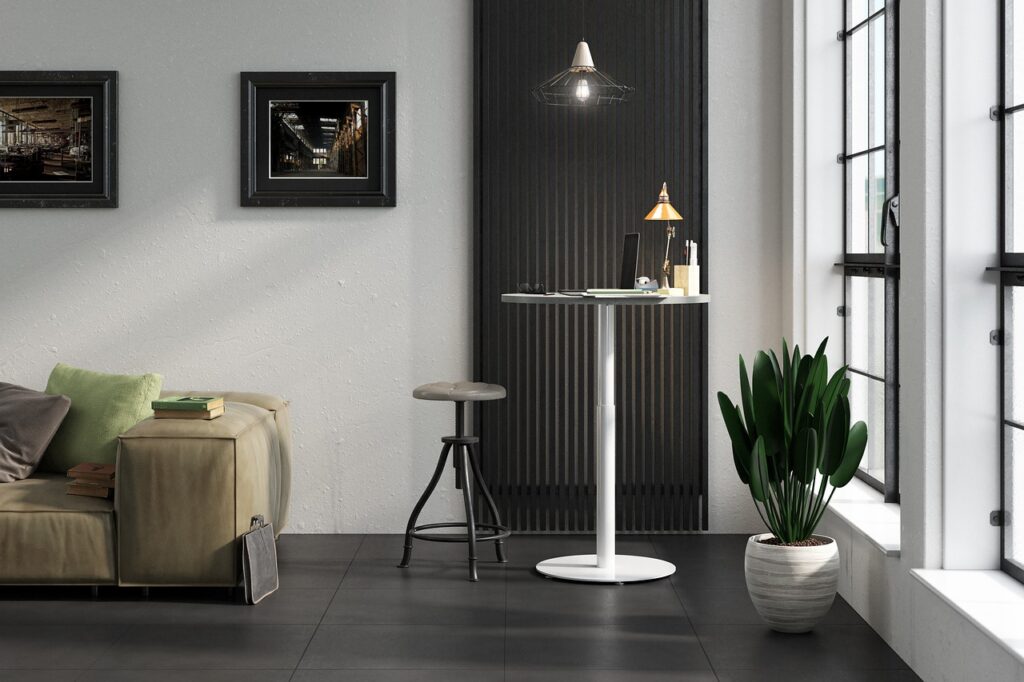In the dynamic world of commercial interior design, creating visually captivating spaces that resonate with both clients and customers is essential. One design approach that has gained significant popularity is the incorporation of retro and mid-century modern elements. This nostalgic fusion seamlessly blends vintage aesthetics with contemporary functionality, resulting in commercial spaces that exude timeless charm and sophistication. By integrating retro and mid-century modern design, businesses can create an environment that evokes a sense of nostalgia while still meeting the demands of modern-day commerce. This article explores the integration of retro and mid-century modern design in commercial spaces, emphasizing the importance of space planning and the expertise of a commercial interior design company to achieve a successful design and build process.
Also read: Top 20 Office Interior Designer Companies in Delhi NCR
The Allure of Retro and Mid-Century Modern Design
To understand the appeal of retro and mid-century modern design, it is crucial to delve into their unique characteristics. Retro design refers to styles inspired by past eras, often drawing from the iconic design trends of the 1950s, 1960s, and 1970s. On the other hand, mid-century modern design emerged during the mid-20th century, featuring clean lines, organic shapes, and a focus on functionality. Both styles offer a distinct visual language that combines nostalgia and modernity.
Our design and build services in commercial interior design offer a comprehensive solution from concept development to final construction, ensuring a seamless and efficient process.
The Impact on Commercial Spaces
Incorporating retro and mid-century modern design elements can have a profound impact on commercial spaces. By creating a memorable first impression, these design styles can help businesses stand out in a competitive market. The carefully curated blend of vintage aesthetics and contemporary functionality also enhances brand identity and storytelling, allowing businesses to connect with their target audience on a deeper level. Moreover, retro and mid-century modern design has been known to foster productivity and creativity, providing a conducive environment for employees to thrive.
Space Planning: Maximizing Functionality and Aesthetic Appeal
Effective space planning is essential when incorporating retro and mid-century modern design in commercial spaces. The process begins with assessing the available space and understanding the unique requirements of the business. Zoning and layout optimization are crucial to ensure a harmonious flow and efficient utilization of space. Furthermore, careful selection of furniture and fixtures that align with retro and mid-century modern aesthetics is paramount to achieve a cohesive design.
Our space planning services in commercial interior design focus on optimizing the functionality and efficiency of your workspace, ensuring a seamless and well-utilized layout.
Key Elements of Retro and Mid-Century Modern Design
Several key elements define retro and mid-century modern design. Colors and patterns play a significant role in capturing the essence of these styles, with bold hues and geometric patterns often taking center stage. Furniture and lighting choices are essential to create the desired ambiance, with iconic mid-century modern pieces and vintage-inspired fixtures adding character to the space. Finally, the use of materials and textures, such as wood, metal, and textured fabrics, further accentuates the retro and mid-century modern aesthetic.
Collaboration with a Commercial Interior Design Company
Embarking on a retro and mid-century modern design journey for a commercial space can be daunting without the expertise of a commercial interior design company. These professionals understand the nuances of the design and build process, ensuring a seamless execution from concept to completion. Their knowledge and experience in space planning, sourcing and procurement, construction and installation, and quality control are invaluable in achieving a cohesive design vision.
Implementation and Execution
Once the design concept is finalized, the implementation and execution phase begins. A commercial interior design company will take charge of sourcing and procuring the required furniture, fixtures, and materials. They will oversee the construction and installation process, ensuring that the design vision is brought to life. Throughout this phase, quality control and project management play a vital role in delivering a successful outcome.
Our 3D visualization services in commercial interior design bring your vision to life, providing realistic and immersive representations of your space before construction begins
Maintenance and Longevity
To preserve the integrity of retro and mid-century modern design in commercial spaces, proper maintenance is essential. Regular cleaning, appropriate care for furniture and fixtures, and periodic updates to meet evolving needs are crucial. Furthermore, designing with adaptability and future-proofing in mind ensures that the space remains relevant and functional as trends evolve.
Conclusion
Incorporating retro and mid-century modern design elements in commercial spaces offers a unique opportunity to merge the nostalgia of the past with the functionality of the present. These design styles allow businesses to create visually captivating environments that leave a lasting impression on clients and customers. By carefully considering space planning, integrating key design elements, and collaborating with a commercial interior design company, businesses can achieve a successful design and build process. The result is a commercial space that embodies timeless charm, exudes sophistication, and provides a memorable experience for all who enter.
Also read: Top Trends of Office Interior design evolving in 2023





